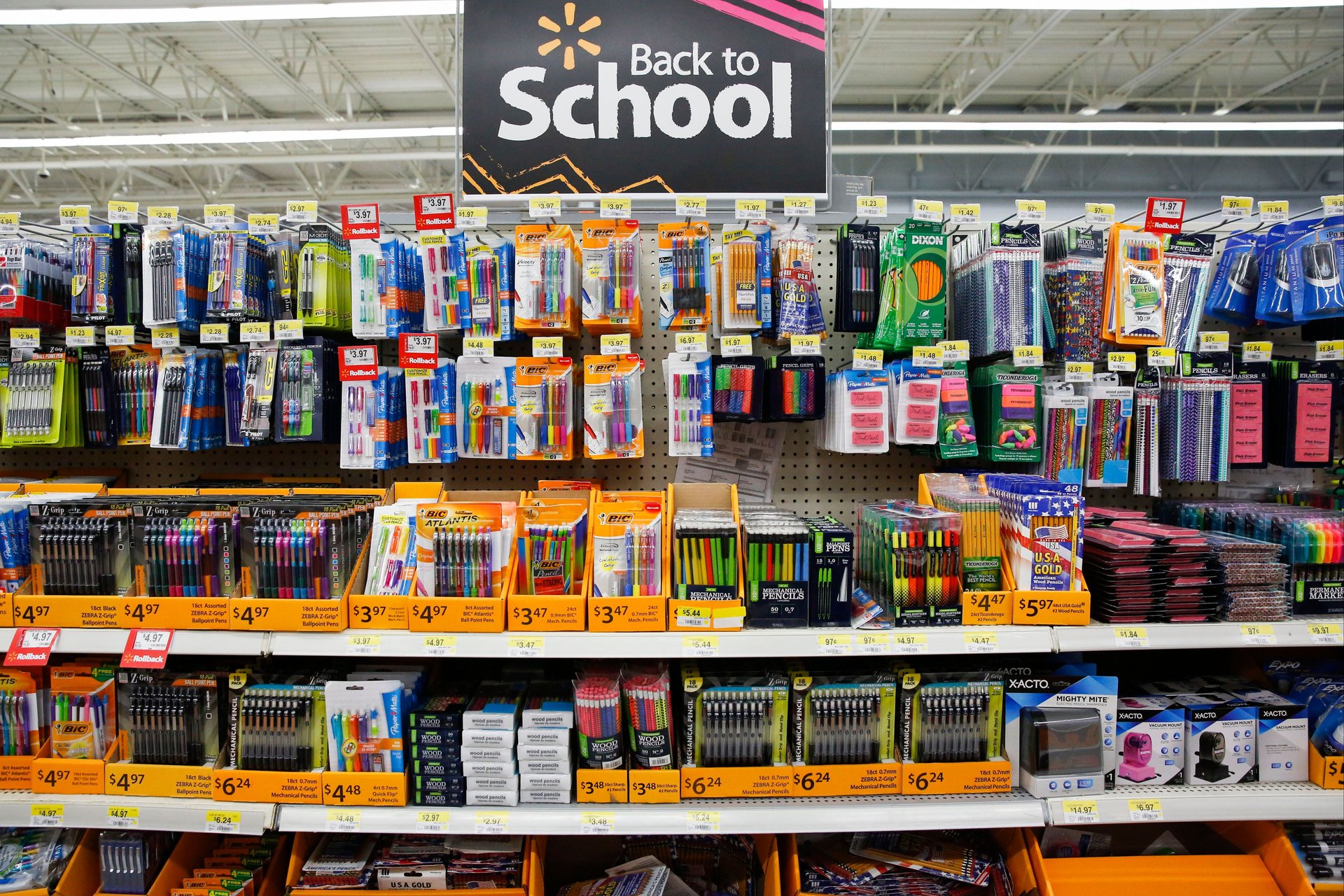Back-to-school spending could fall this year as parents tighten budgets
Parents plan to practice more cost-conscious spending behaviors this back-to-school season to hit back against high costs amid economic uncertainty

Patrick Fallon/Bloomberg via Getty Images
Parents appear to be pulling back on their back-to-school spending this year while costs remain high as the large shopping season ramps up, a survey found. In Deloitte’s annual back-to-school survey, the consulting firm found that parents shopping for items as they prepare their kids to begin the school year are focusing on “just the essentials” by practicing more conscious shopping.
Suggested Reading
Parents plan to spend an average of $570 per child on back-to-school shopping this season, which is relatively the same compared with the last two years. In 2024, parents planned to spend an average of $587, and in 2023, they planned for a budget of $597.
Related Content
Some ways parents plan to make their shopping more cost-conscious are by spending during promotional events in July, shopping over an extended period, and sacrificing fast shipping for cheaper, albeit slower, options. Seventy-five percent of parents said they’d be willing to swap out brands for more affordable options to save on expenses.
However, over half of the parents surveyed said they’d be “willing to splurge” on a first-day outfit for their child, and 62% said they’re often influenced by their kid to spend more money.
Another recent study on consumer value spending from Deloitte found that four in 10 shoppers are trying to be more “cost-conscious” by sacrificing convenience for better value — which could prove increasingly difficult for shoppers as brands wield shrinkflation to cut down on growing production costs.
As President Donald Trump’s flurry of high tariffs on countries across the globe threatens to increase costs, consumers have expressed concern. Although a recent Federal Reserve survey found that consumers are feeling slightly more confident about inflation, their sentiment has only returned to the same rate recorded in January before the tariffs spiked consumer anxiety. Expectations for inflation over the next three years and the next five years remained unchanged.
Concerns around inflation coupled with high, unwavering interest rates and a brutal number of private sector job cuts in June cause no surprise as to why consumers are becoming increasingly cost-conscious.
–Ben Kesslen contributed to this article.
